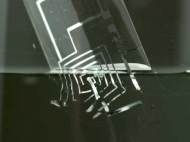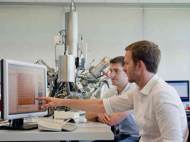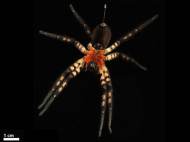Bionics»
Porcupine’s quill biomimicry could find medical applications
 North American porcupine upper parts are covered with thousands of sharp, barbed hollow spines (quills), which are used for defense. The ability of these quills to easily penetrate tissues are often hard to remove once lodged in flesh intrigued an international group of researchers, and their investigation might inspire development of medical needles that easily… »
North American porcupine upper parts are covered with thousands of sharp, barbed hollow spines (quills), which are used for defense. The ability of these quills to easily penetrate tissues are often hard to remove once lodged in flesh intrigued an international group of researchers, and their investigation might inspire development of medical needles that easily… »











